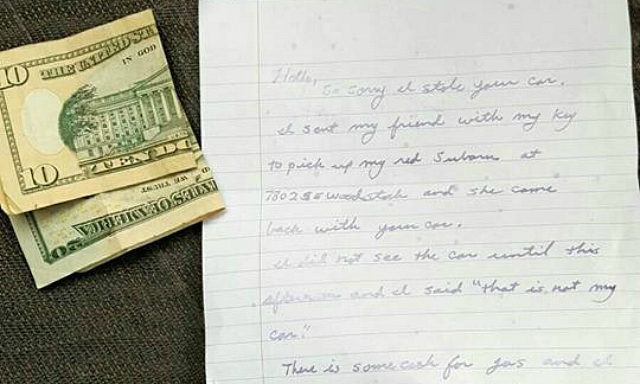A forthcoming study in the INFORMS journal Marketing Science, based on the psychology of sympathy, shows that small changes in the wording of a fundraising letter can increase donations by over 300 percent.
With over a million registered public charities in the United States, fundraising for good causes has become more difficult than ever. Annual events like Giving Tuesday increase overall giving, but also increase the competition for funds around those events. For their research, the authors of the study, K. Sudhir of Yale University, Subroto Roy of the University of New Haven, and Mathew Cherian of HelpAge, India, found that leveraging psychological theories on sympathy when drafting a fundraising letter can increase donations enormously.
RELATED: How Negative Headlines Can Impact Your Mental and Emotional Health
The main findings were surprising. Donations changed dramatically based on key characteristics of the target of the donation and the appeal. On the cold list, donations went up by 110 percent if the target was a named individual versus an unnamed group, by 55 percent if the target belonged to the same religion as the donor versus a different religion, by 33 percent if the target fell into poverty versus being poor with an undescribed past, and 66 percent if the annual donation was framed as monthly versus daily amounts. Combining all these tactics led to a 300 percent increase in donations.
For past donors from the warm list, the percentage increase in donations was smaller, but the incremental dollar amounts raised were equally impressive. As Roy notes, “This likely means the right choice of words can increase emotion just as much for new and past donors. The percentage increase though is large for new donors because their baseline sympathy for the elderly cause is much lower.”
MORE: World’s Most Eco-Friendly Country Hails Newborn Prince in a Perfect Way
Sudhir noted, “It is gratifying that many of the psychology theories relevant for charitable giving identified in the lab are replicated with such large effects in a real world fundraising setting, even though the changes in appeals were minor changes in wording. But the bigger takeaway is that these simple changes in messaging dwarf the effects previously obtained by costly changes such as donation matches, tax rebates, etc.”
Cherian, CEO of HelpAge India and co-author stated, “At HelpAge, we regularly debate how to design our fundraising appeals but our decisions ultimately were based on intuition. We learned that our intuitions did not all pan out in the experiment. But the substantial increase in donations, at no additional cost, have made us true believers in the value of theory-based experiments to increase our fundraising efficiency.”
(Source: Institute for Operations Research and the Management Services)
Please Click To Share This Story With Your Friends




















